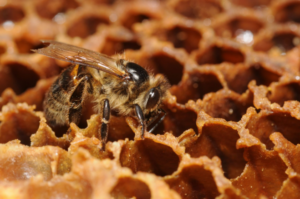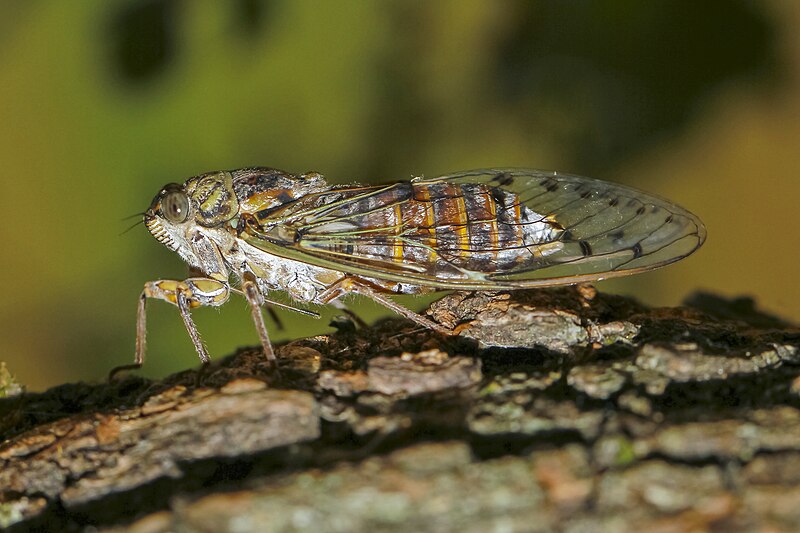Is there a sound that provokes thoughts of a balmy summer evening more than that of cicada song? The cacophony of chirps, all in chorus, coming from the male cicadas to defend and to call out to mates, is a staple part of the Australian summer soundscape.
Cicadas are the loudest known insects with more than 3000 species in the world, of which hundreds can be found in Australia.
While cicada song occurs yearly in Australia, there are some species of cicadas that can only be heard every 13 or 17 years. These periodical cicadas spend most of their lives underground before emerging in a deafening breeding event.
https://www.youtube.com/c/SoundsOfNatureTV
BUNKER, SING, MATE, DIE, REPEAT
Cicadas only sing for a few weeks every summer. So where are they when you can’t hear them?
The cicada life cycle spans 2 to 17 years, depending on the species. They spend the majority of their lives underground, emerging only for up to a few weeks in their entire life cycle to reproduce.
The adult female cicada lays eggs at the base of plant stems. When they hatch, the nymphs bury into the ground, where they burrow, feed and shed their skin at intervals as they grow.
When they reach adulthood, the nymphs emerge, latch onto tree trunks or plants and shed their exoskeleton for the last time. Here, an adult, winged cicada emerges and will begin to mate.
Cicadas die soon after their eggs have been laid.
MYSTERIOUS MATHEMATICIANS
There are several species of 13-year and 17-year periodical cicadas, most found in North America. Cicadas know when to emerge by counting the fluid flow of trees in springtime. How they keep track of how many years have passed, however, remains a scientific mystery.
Even more fascinating is that these intervals of 13 and 17 years are prime numbers – divisible only by one and themselves.
This is a trait singular to periodical cicadas and what is widely regarded as an evolutionary marvel.
PRIME TIME, BABY!
Researchers are still exploring why prime numbers but hypotheses include climate responsive mutation and, more broadly, protection from predators.
Predators generally fall in sync with their prey and become able to predict the prey’s life cycles for their own gain – the inability for this to happen for periodical cicadas protects them.
2024 is also special for nature’s mathematicians, with all seven known periodical cicada species emerging in the same calendar year. Given the nature of prime numbers, it can be rare for different broods – groups of cicadas of the same species in the same location set to emerge at the same time – to sing together.
In fact, a brood of 13-year cicadas and another brood of 17-year cicadas emerged simultaneously in Illinois this year for the first time in 221 years.











